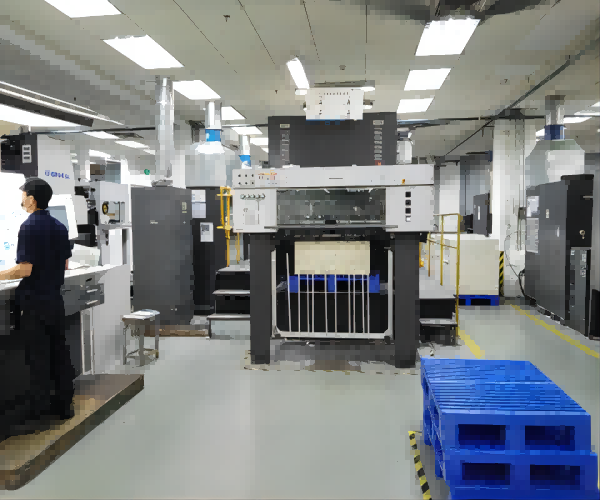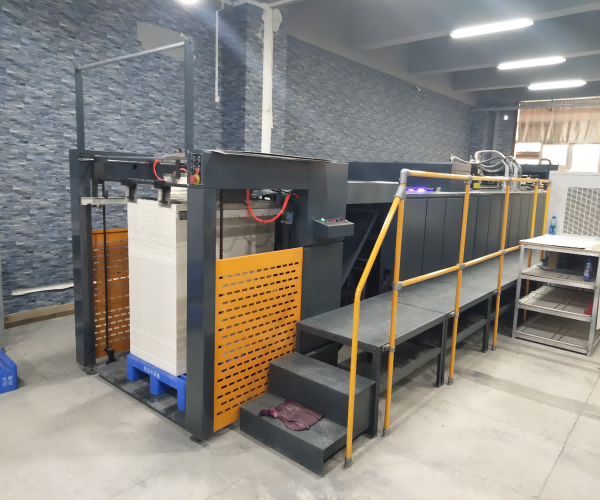During the Pacific War in 1930, the United States first used pallets for cargo handling, which greatly improved the efficiency of cargo handling and ensured the supply of logistical materials. In 1946, the Australian government established the Commonwealth Handling Equipment Sharing System. Standard pallets are used up to 95%. It has the highest proportion of standardized pallets in the world and has become the largest pallet-sharing system in the Southern Hemisphere. Since then, pallets have been widely used in various countries, starting the journey of logistics in various countries, and are considered to be one of the two key innovations in the logistics industry in the 20th century. When was pallet introduced into our country?
At the beginning of the reform and opening up in 1979, the term logistics was introduced into China. Pallets entered China in 1970 and played a pivotal role in the logistics industry in the future. By 1994, China’s first company registered in logistics terms was established. In 2003, e-commerce once again promoted the development of logistics, so that the status of pallets in logistics was thoroughly laid.
Due to the limitations of their materials, wooden pallets are destined to be prone to insects, mold, etc., and their use in certain industries has obvious drawbacks, such as the food and pharmaceutical industries, which have high requirements for hygiene. The plastic pallet was born. It’s clean, easy to clean, strong and versatile. However, the disadvantages of plastic pallets are also obvious. They fade easily and become brittle. They are greatly affected by high and low temperatures and do not have a strong carrying capacity. Many industries don’t apply.
What then? Plastic pallets appear. First came the plastic pallet. Plastic has a very strong load-bearing capacity, is clean and is not affected by ambient temperature. On this basis, there is a special printing pallet, and the non-stop printing special pallet is transformed into the printing industry design, and its appearance is beautiful. In terms of function, it combines the advantages of previous pallets and is suitable for almost all industries. The Non-Stop pallet was especially designed for efficient logistic processes in the printing industry. It is ideal for the movement of paper sheets of all conventional sizes and therefore suitable for all closed circuits. In addition, the ideal structure of the top layer (thermoformed) ensures smooth processes in non-stop printing and offers a comfortable solution for raking the paper sheets to and from the pallet.
Post time: Jun-09-2023


